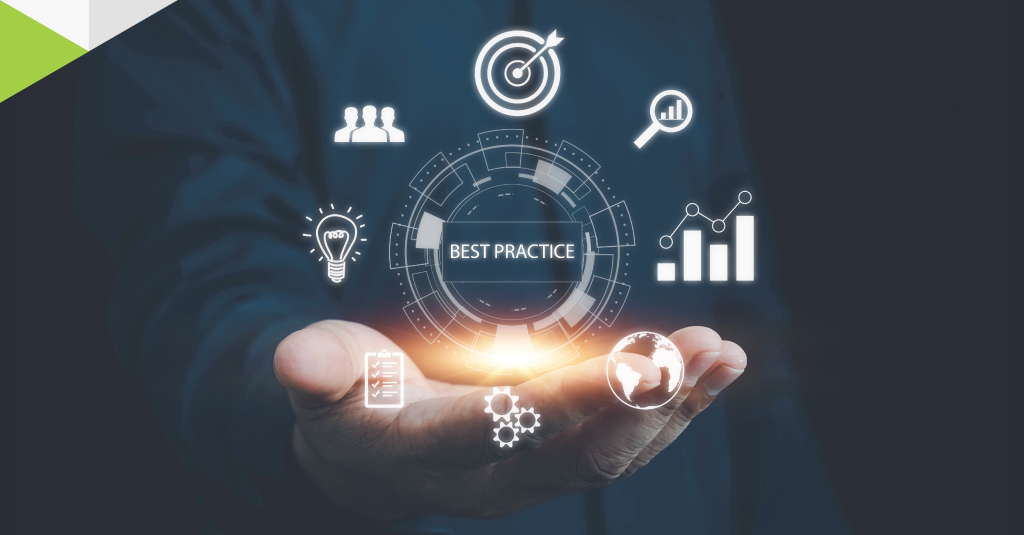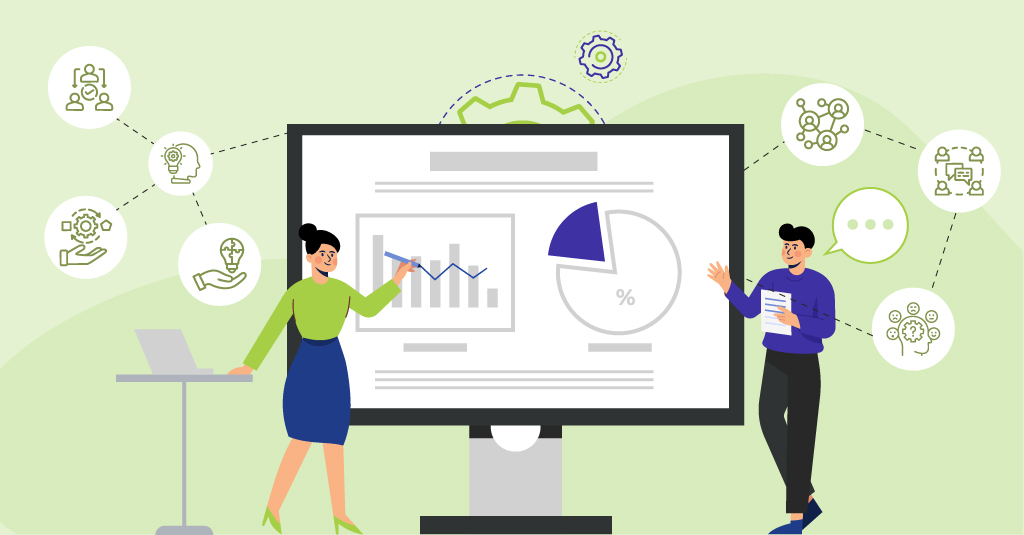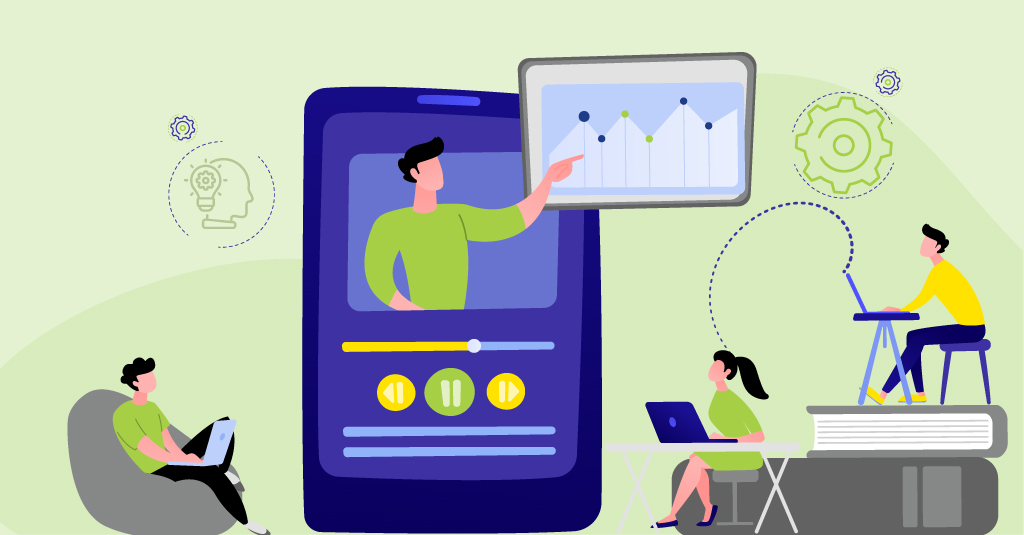“Training is just the beginning; impact happens in what follows.”
“Training is just the beginning; impact
happens in what follows.”
We’ve all seen it: learners attend a one-time workshop or complete an eLearning course, only to forget most of it within a few weeks. It’s not because the content was bad. It’s because our brains need reinforcement to retain and apply new knowledge. In this phase, we focus on what happens after the training, using spaced interventions that help learners remember, apply, and truly own what they’ve learned.
Spaced interventions are not just about repetition for the sake of it. They are about well-timed nudges, practical tools, and real conversations that embed learning and practice opportunities into daily routines.
Let’s break down how to do it.
Continue to Send Engagement Nudges
It is important to send small, well-timed nudges after the training event or learning intervention for instance: a quick tip, a reminder about a key takeaway, or a micro-activity learners can try right away. These are short, practical, and spaced out over days or weeks to keep the learning alive.
Introduce Active Recall & Retrieval Practice
The goal is to keep it engaging, with prompts at regular intervals, such as a quick quiz, a series of scenario-based activities rolled out every week, or reflective prompts.
Develop Reinforcement Tools
Learners often want to apply what they learned, but don’t have the tools at hand. We bridge that gap by creating helpful job aids, such as checklists, cheat sheets, how-to videos, or quick reference cards. These tools are designed to support learners exactly when they need it, on the job.
Encourage Social Learning and Peer Interactions
Learning sticks better when it’s shared or talked about. We help you create spaces where learners can talk about what they’re trying, share wins, and troubleshoot together. This could be through discussion threads, group challenges, or “teach-back” moments where they explain a concept to peers.
Some examples of real-world formats include MS Teams channels, lunch-and-learn sessions, or even a buddy system.
Celebrate Learner Milestones
Acknowledging progress keeps learners motivated. We believe in celebrating wins along the way: whether it’s completing a reflection activity, applying a concept at work, or contributing to a peer discussion. Visual progress trackers and recognition from managers can go a long way in making people feel seen and valued.
Some ideas to integrate these include leaderboards, badges, personalized emails from managers, or simple shout-outs on internal platforms.
Reinforcement isn’t about repeating content, it’s about creating meaningful, spaced opportunities for learners to recall, practice, and reflect, long after the training ends. These efforts are what turn knowledge into action and learning into long-term impact. To explore how all the phases of the Learning Impact Framework connect and deliver results, download our eBook, Beyond Training: An Actionable Guide to Learning That Delivers Measurable Business Impact.
















